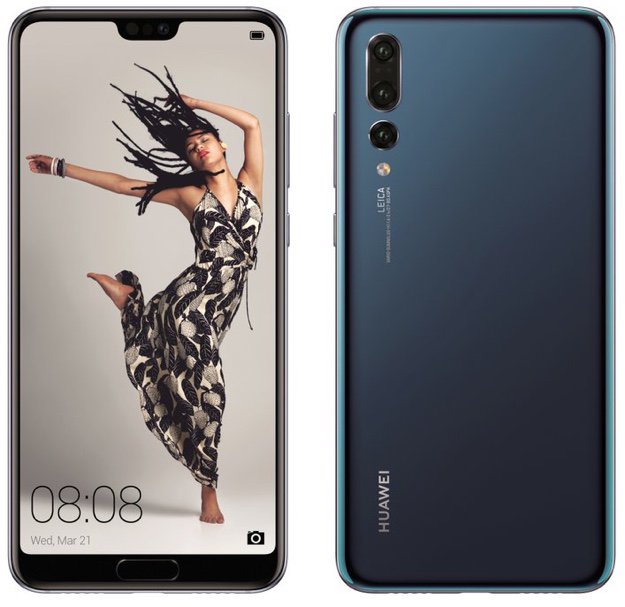Huawei P20 And P20 Pro Embrace The Notch, Introduce Triple Leica Camera System With AI
Before we get into the more "mundane" specs rundown of the smartphones, let's first talk about the unique Leica Triple Camera system that the P20 Pro brings to the table. In the latest game of one-upmanship, the P20 Pro has a 40MP RGB color image sensor (f/1.8), a 20MP monochrome sensor (f/1.6) and an 8MP telephoto sensor with 3x optical zoom. Rather interestingly, only the telephoto lens is blessed with optical image stabilization -- the other two have to make do with software algorithms to help squash the inevitable hand shake when taking a photograph.

This is accomplished using what's called Huawei AI Image Stabilization (AIS). Using computational photography and object recognition, Huawei is able to account for hand shake when shooting still photos and recording video. AIS also allows for a 5-second long exposure mode that will allow you to [hopefully] leave the tripod at home. There's also a beefy autofocus system that leverages a laser along with face detection and depth information.
The P20 has a more "mainstream" dual camera arrangement, with a 12MP RGB sensor (f/1.8) and a 20MP monochrome sensor (f/1.6).
Not to be left out, there's a 24MP selfie camera that resides in the display notch. Speaking of the notch, that's another prominent feature of both the P20 and the P20 Pro. The P20 has a 5.8-inch LCD (2244x1080), while the P20 Pro delivers a 6.1-inch OLED panel (2240x1080) that wrap around the display notch.

This is one feature that many Android enthusiasts wish that OEMs wouldn't have copied from Apple (and to a lesser extent, the Essential Phone), but Huawei at least provides an option in the display setting that allows you to "mask" the notch but putting a black bar across the top of the display. Despite the notch, the fingerprint reader is still on the front of the phone, rather than taking up residence on the back like most other Android flagships looking to maximize the screen-to-body ratio.
Both the P20 and P20 Pro use the Kirin 970 processor, with the former pairing it with 4GB of RAM, while the latter gets a bump to 6GB. 128GB of onboard storage is standard on both smartphones, and you'll find 802.11ac Wi-Fi, Bluetooth 4.2, and a USB-C port for charging. Unfortunately, as is the case with many new phones being released today, there is no 3.5mm headphone jack. As for batteries, the P20 has a 3,400 mAh unit while the P20 Pro bulks up with a 4,000 mAh battery.
The sad news is that despite how good the new Huawei P20 and P20 Pro look on paper, the Chinese company doesn’t have carrier support here in the United States. In addition, retailers like Best Buy have pulled the plug on selling Huawei products, likely due to pressure from the U.S. government (as was the case with the wireless carriers) and Huawei's fake reviews campaign that it carried out on the Best Buy website.

